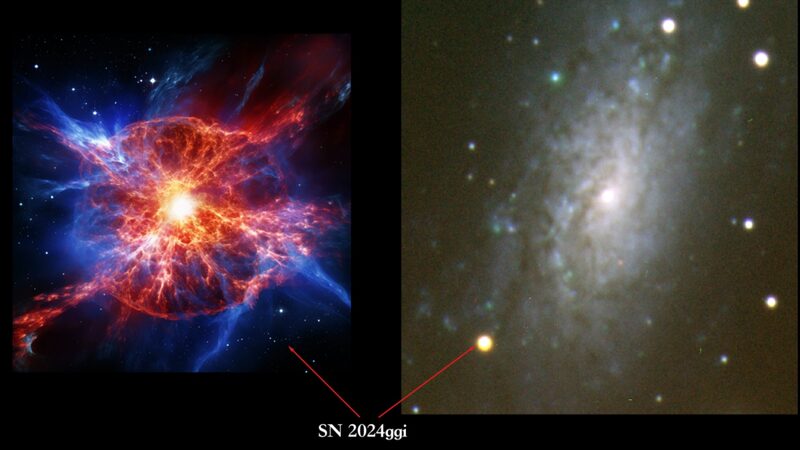China's Five-hundred-meter Aperture Spherical Radio Telescope (FAST) is making cosmic waves! 🌠 Since its 2016 launch, the world's largest radio telescope has detected over 900 new pulsars—tripling discoveries by other global telescopes in the same period. Talk about *stellar* productivity! 🚀
Why Pulsars Matter
These fast-spinning neutron stars are leftovers from supernova explosions, acting as cosmic lighthouses. 🌟 Scientists say studying them could unlock secrets about black holes, gravitational waves, and the Milky Way's ancient stellar remnants. 🔭
Breaking Records, Breaking Barriers
Han Jinlin, a scientist at China's National Astronomical Observatories, revealed that FAST's haul includes rare binary pulsars, millisecond pulsars, and faint 'intermittent' ones. Before FAST? Less than 3,000 pulsars were known globally since the 1960s. Now, China’s tech is rewriting the star map. 📡
FAST’s Cosmic Playground
Located in Guizhou Province’s karst mountains, FAST spends over 5,300 hours yearly scanning the skies. Chief engineer Jiang Peng credits its success to relentless upgrades and teamwork: \"We’re pushing the limits of what’s possible.\" 🌏💫
For young explorers: This isn’t just science—it’s a gateway to answering physics’ biggest mysteries. Who knows? The next Einstein might be crunching FAST data right now. 🧑🔬🌠
Reference(s):
China's gigantic telescope detects over 900 new pulsars since launch
cgtn.com


